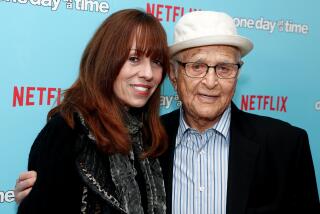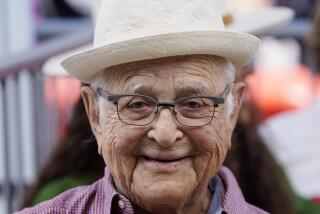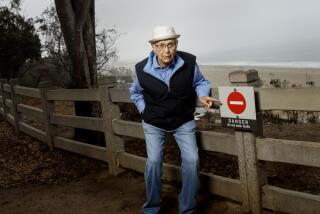Timothy Leary’s trip
Timothy Leary’s dead
No, no, no, no, he’s outside, looking in
-- “Legend of a Mind,” the Moody Blues
*
ALTHOUGH MAY 31 marks the 10th anniversary of the death of Timothy Leary, there will be no gathering of the tribes anywhere to commemorate the event. Unlike Jerry Garcia, whose posthumous profile remains so high that the toilet from his home in Marin County was recently stolen after it was auctioned off for charity, Leary’s name has not been enshrined on a Ben & Jerry’s ice cream carton.
For someone who never met an interviewer (or a drug) he did not like, this constitutes a sad state of affairs indeed. Far more than most of his psychedelic cohorts, Leary understood marketing. He came up with “turn on, tune in, drop out,” the catchy mantra he’s remembered by (when he’s remembered at all), only after consulting with media guru Marshall McLuhan.
Even by 1960s’ standards, Leary’s life was outsized. Booted out of West Point for violating the honor code, he earned a doctorate in clinical psychology from UC Berkeley, only to suffer a nervous breakdown after his wife committed suicide on his 35th birthday because he was having an affair with another woman.
After ingesting magic mushrooms in Mexico, Leary, by then an instructor at Harvard, began turning on the leading writers, artists and intellectuals of the day. (The university dismissed him in 1963.) When LSD became the drug of choice for the youth of America, he skyrocketed to fame as a genial and beneficent pharmaceutical pied piper.
While living in a sprawling mansion in Millbrook, N.Y., Leary met and married high-fashion model Nena von Schlebrugge (now the wife of Tibet scholar Robert Thurman and the mother of actress Uma Thurman), only to separate from her during their honeymoon in the Himalayas. Moving to Orange County in 1968, Leary threw his lot in with the Brotherhood of Eternal Love, a band of spiritual surfers turned drug dealers. He announced his candidacy for governor of California, and he flew off to Montreal to join John Lennon and Yoko Ono in their “bed-in” for peace.
After being sent to the California Men’s Colony in San Luis Obispo for possession of marijuana, Leary escaped with the help of the radical Weather Underground and fled to Algeria, where he was placed under house arrest by fellow exile and Black Panther leader Eldridge Cleaver. Leary then found temporary sanctuary in Switzerland, only to be busted while trying to enter Afghanistan. Flown back to the United States under armed guard, he was locked up in Folsom State Prison, where his neighbor was Charles Manson. In exchange for his freedom, Leary became an FBI informant and betrayed his former friends and associates.
In 1976, Leary moved to Los Angeles and, among other things, began working as a “stand-up philosopher,” performing in clubs on Sunset Boulevard and hanging out with A-list celebrities such as Helmut Newton, Susan Sarandon and Johnny Depp (then keeping company with Leary’s goddaughter, Wynona Ryder).
Leary became an early computer enthusiast, engaged in a series of well-publicized “debates” with convicted Watergate conspirator G. Gordon Liddy and appeared on stage at Lollapalooza. When Leary learned he was suffering from incurable prostate cancer, he went public with his dying, threatening at one point to commit suicide online. Leary’s ashes were shot into space on the same rocket that carried the mortal remains of Gene Roddenberry, the creator of “Star Trek.”
Although many of his books remain in print, it was his outrageous conduct rather than his work that shaped the zeitgeist. Still, Leary should not be remembered only for his unflagging advocacy of better living through chemistry. By the end of his life, his real message was no longer turn on, tune in, drop out, but rather think for yourself, question authority, learn how to operate your own brain.
At a time when most people have long since given up believing that consciousness expansion can save the world, a small, unruly celebration would seem to be in order to honor Timothy Leary. If nothing else, he was a man who always marched to the beat of his own drum, whether or not anyone else was actually following along behind.
More to Read
Sign up for The Wild
We’ll help you find the best places to hike, bike and run, as well as the perfect silent spots for meditation and yoga.
You may occasionally receive promotional content from the Los Angeles Times.






